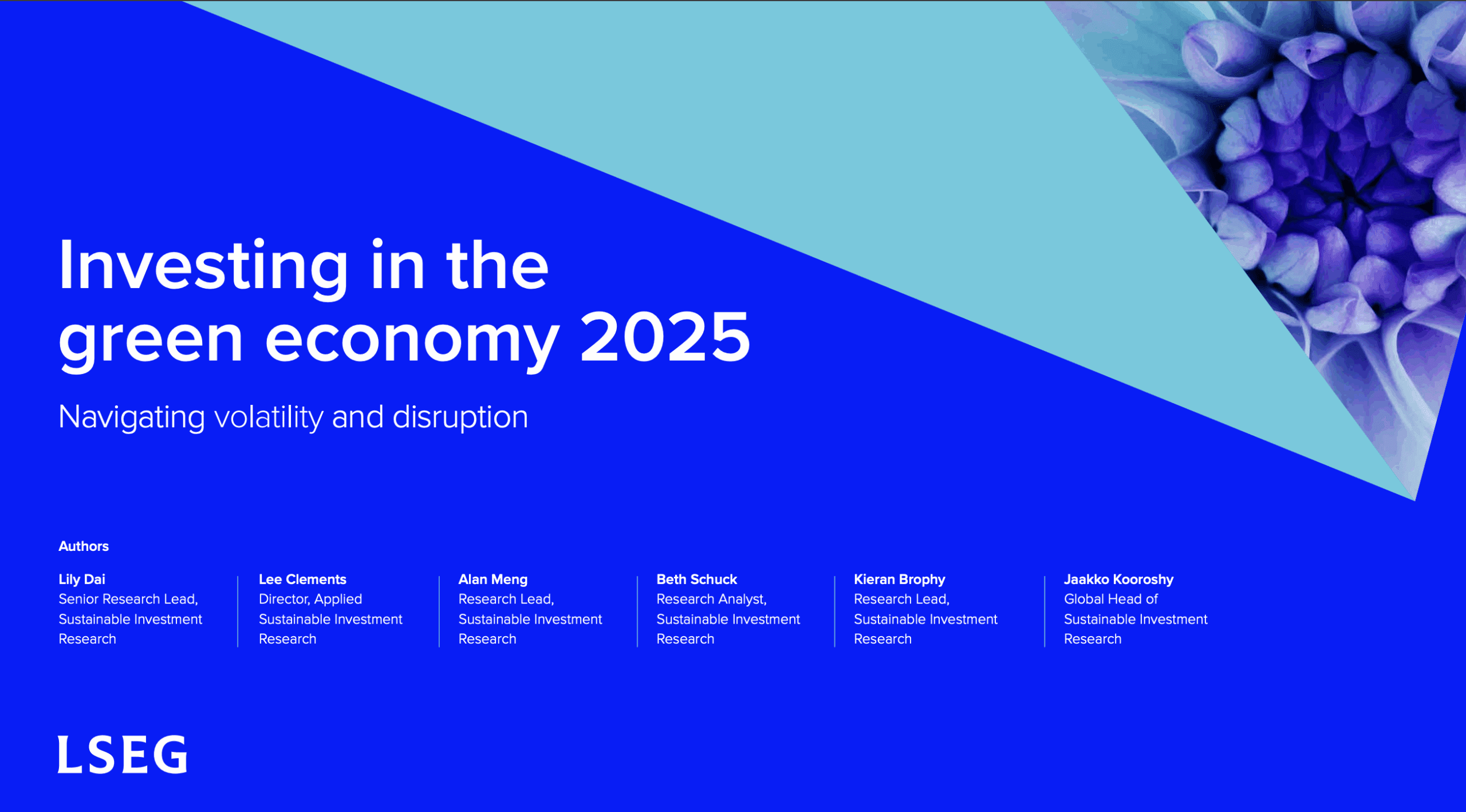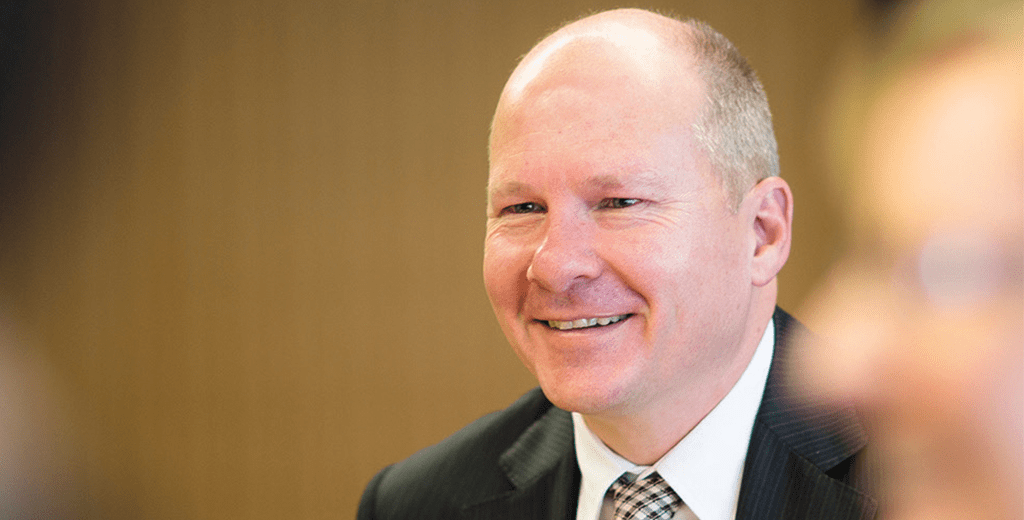Key Impact Points:
- Experts warn the $700B biodiversity finance gap will persist without unified messaging, investor confidence, and Indigenous inclusion.
- Meta, Microsoft, Amazon, and Google are scaling nature-based carbon credit investments, but market integrity remains a challenge.
- Private capital must be de-risked and social safeguards prioritized to make nature-based solutions viable at scale, say DC Climate Week panelists.
As corporations ramp up investment in nature-based solutions to meet climate goals, a persistent financing gap threatens progress on biodiversity protection, according to experts at DC Climate Week.
The discussion echoes findings from a 2020 UNEP report, which estimated an annual $700 billion shortfall in biodiversity financing. While a 2024 UNEP update showed private investment in nature-based solutions has grown 11-fold since 2020, it warned that the gap “could” only be closed by 2030 if current growth continues.
Tech Giants Lead, but Finance Gap Remains
Major companies including Meta, Microsoft, Amazon, and Google are investing heavily in forest-based carbon credits and removals:
- Microsoft and Meta recently secured credits from sustainable forestry projects in Washington State.
- Microsoft also purchased 1.5 million tonnes of credits from tree-planting efforts in India.
- Amazon launched a carbon credit service to help clients access nature-based and tech-based removals.
- Google invested over $100 million in carbon removals in 2024, pivoting away from traditional offsets.
Despite these moves, Campbell Moore, Managing Director at The Nature Conservancy, emphasized the private sector’s role in scaling markets:
“If we decide that carbon markets should be a key part of corporate sustainability strategy… then they will be worth tens of billions of dollars [in the next decade], and that will transform the lives of millions of people around the world and help us make progress.”
Unity and Integrity Are Crucial
Moore also stressed the importance of coordinated messaging from conservation stakeholders:
“I work with many other NGO groups that… agree with me on 98% of reality, and yet we find ourselves squabbling on that last 2%. And that is interpreted by corporate sustainability leaders… as we don’t know what to do.”
Progress on Article 6 of the Paris Agreement, agreed at COP29, is expected to formalize global carbon markets, potentially creating stronger demand for high-integrity credits.
Indigenous Inclusion Must Be Central
Vanessa Jiménez, Director of the Kawari Fund at Re:wild, warned that overlooking Indigenous communities risks undermining long-term impact:
“High integrity definitely means environmental integrity… but most importantly, it’s also the social integrity… there’s going to be inclusive participation of Indigenous peoples and traditional local communities, who are the ones who’ve been protecting the forest.”
Her remarks underscored the need to safeguard both environmental and social outcomes in biodiversity finance.
De-Risking Investment Through Blended Finance
Pajani Singah, Co-Founder of Amazonia Impact Ventures, shared why his firm is taking a blended finance approach:
“We deliberately didn’t choose to be a … charity from day one, because we knew that you cannot rely on [the] government or [development finance institutions] or anyone.”
Moore echoed that philanthropic and impact capital could help de-risk the sector for mainstream investors:
“There is currently capacity building that needs to be done on the supply side.”
Bottom line:
Despite promising corporate action, the biodiversity funding gap remains wide. Bridging it will require investor trust, Indigenous equity, and a unified push for credible, high-integrity nature-based finance.
Related Article: Why Investing in Nature-based Solutions Matters Now












